YP-387
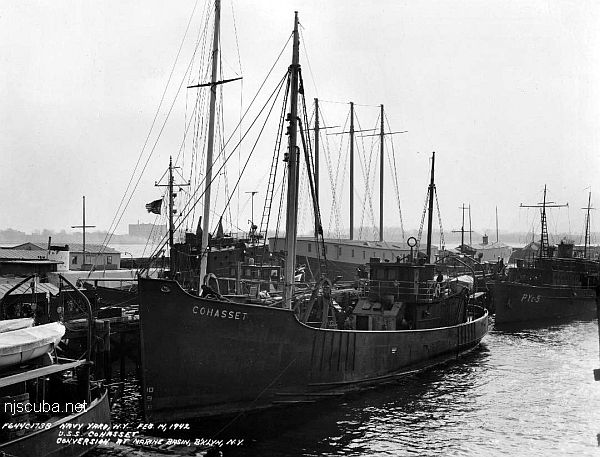
- Type:
- shipwreck, patrol boat, U.S. Navy, converted trawler
- Built:
- 1941, Bethlehem Quincy, Quincy MA, USA, as Salem
- Specs:
- ( 102 x 22 ft ) 301 tons, 21 crew
- Sunk:
- Wednesday May 20, 1942
collision with collier Jason - 6 casualties - Depth:
- 40 ft
On 10 September 1947, Windlass, in company with Salvager, began searching for the sunken YP-387. She located the wreck and began salvage operations while Salvager returned to Bayonne, apparently to get necessary equipment. Windlass apparently shifted briefly to Norfolk, Va., for the same reason before both heavy lifting salvage vessels returned to the site of the sunken YP off Hereford, N.J., on 1 October 1947. Two days later, they placed demolition charges in the sunken "Yippie boat" and blew her up to prevent her from being a hazard to navigation.
-- exact location unknown
From: the Dictionary of American Naval Fighting Ships
The Navy acquired three of these "Yippie" boats together, identical sisters. They all came to bad ends. The YP-387 was sunk in a collision off Cape May. The YP-389 was sunk by gunfire of the U-701 in 1942, unable to fight back because her one 3" gun was broken. The YP-388 sank in a collision in Boston harbor in 1951 and was not raised for almost a year.
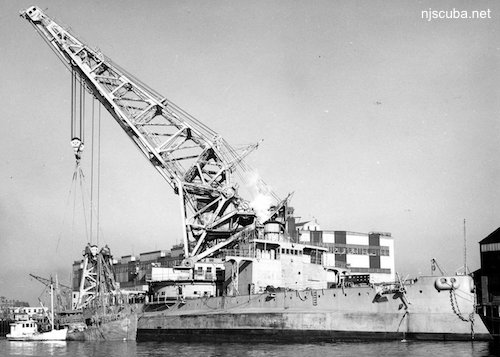
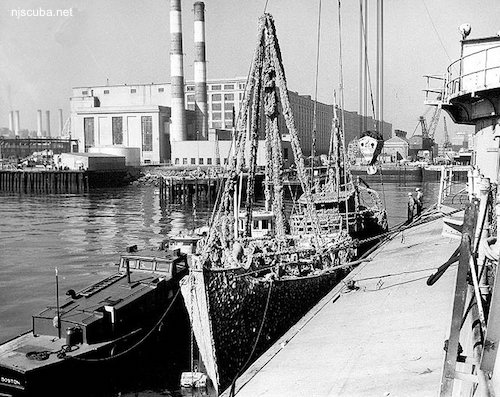

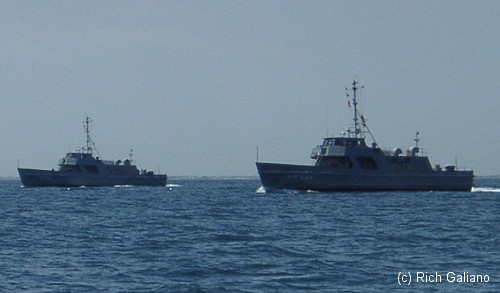
These modern Navy "Yippie" (YP) boats are a common summer sight. They are used to train cadets in boat handling and seamanship and are usually found in groups of four or more, executing synchronized maneuvers.


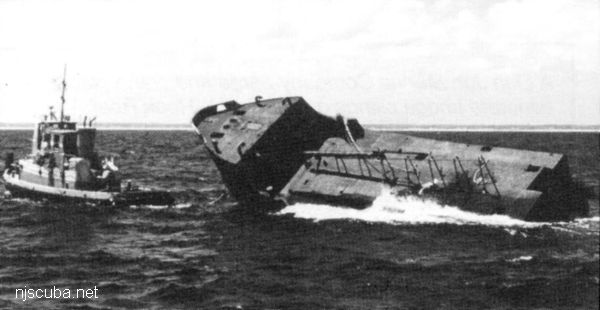
Questions or Inquiries?
Just want to say Hello? Sign the .